The Beautiful Complexity of Naming Every Living Thing
After two centuries of binomial nomenclature, scientists are nowhere close to running out of things to document.
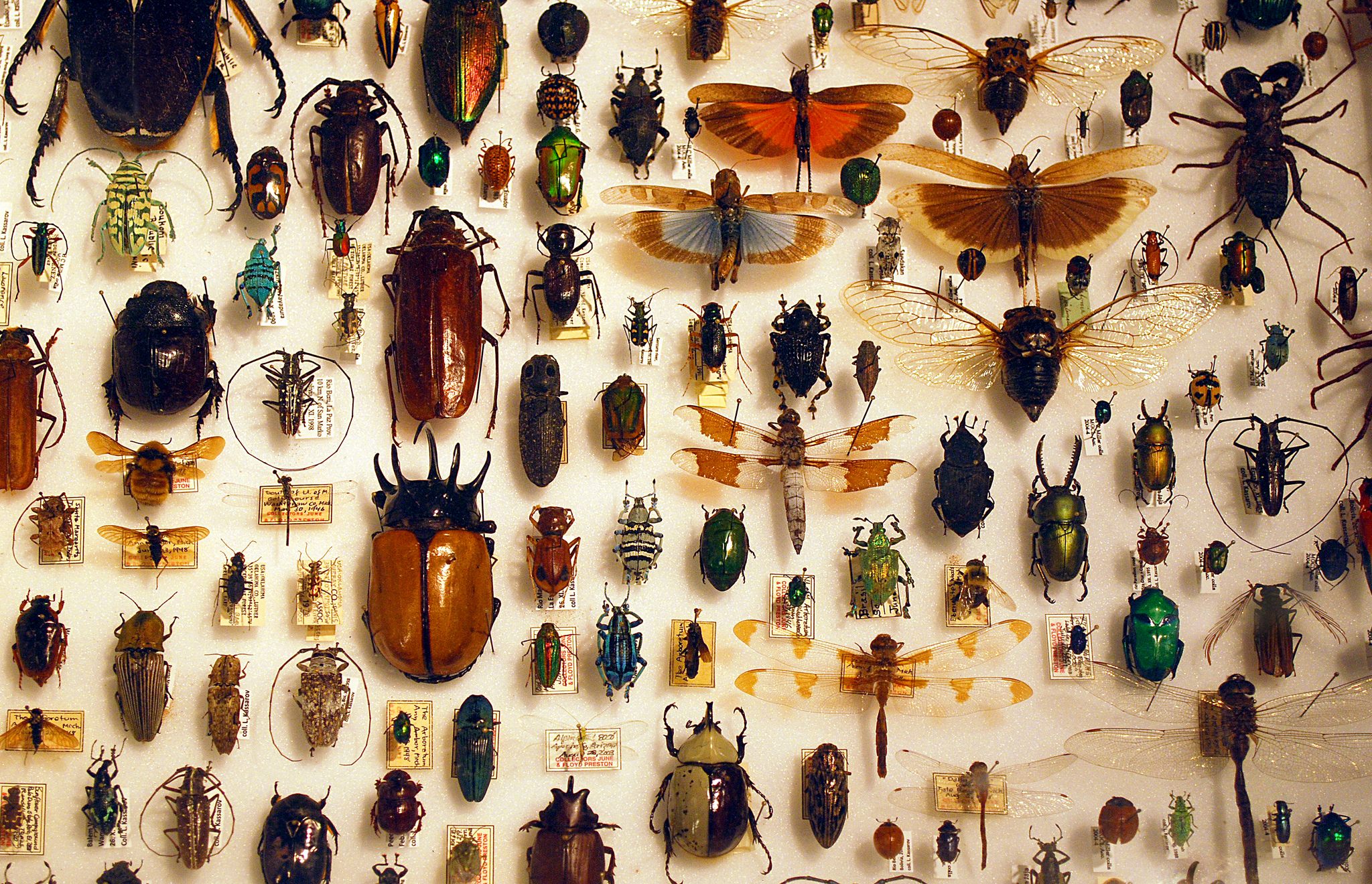
It was 1758, and Carl Linnaeus was thinking about honeybees. The Swedish naturalist was putting the finishing touches on the 10th edition of Systema Naturae, his encyclopedic compendium of taxonomy, or the classification of living things, and the honeybee was ripe for rebranding.
At the time, the European honeybee was widely known as Apis pubescens, thorace subgriseo, abdomine fusco, pedibus posticis glabris utrinque margine ciliatis. The moniker was a reasonably good summation of the bee’s features: It roughly translates as “furry bee, grayish thorax, brownish abdomen, black legs smooth with hair on both sides.” The trouble was that it is a mouthful—difficult to remember and tricky to squeeze onto a tag. “Names could become polynomial to the point of no return, rendering them virtually unusable,” writes the German biologist Michael Ohl in the English translation of his new book, The Art of Naming.
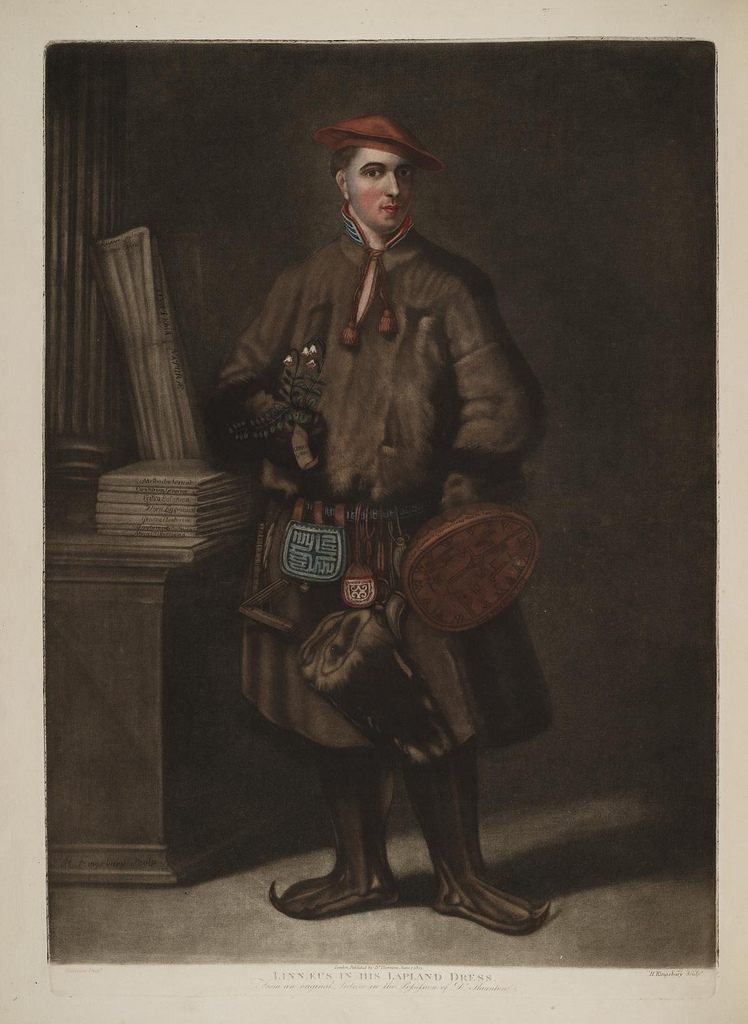
In that edition of Systema Naturae, Linnaeus offered a solution: binomial nomenclature. Two words—no more, no less. Linnaeus wasn’t the origin of the idea—it was first advanced by Gaspard and Johann Bauhin, Swiss-French botanist brothers—but he was an exacting and enthusiastic champion. Linnaeus’s reference books were the first to use binomial naming all the way through. The honeybee became Apis mellifera (“honey-bearing bee”), the badge it still wears today.
Linnaeus and his contemporaries catalogued thousands upon thousands of species. They ran through a lot of Latin names, but there are always more monikers and species to apply them to. Centuries after Linnaeus standardized this vocabulary, the world still teems with untold stories and undocumented creatures. As many as 18,000 new species are newly described each year—and every one needs a scientific name.

Naming a species is a way to organize and decipher the world—to understand something as itself, and also in relationship to other things. If the goal is to impose order, researchers can’t go around naming things willy-nilly. Everyone must adhere to a system, and there needs to be a process to prevent a creature from being named over and over again, or to keep different species from carrying the same name.
When a researcher suspects she’s encountered a new species, her first step is a deep plunge into the existing literature. The scientist will compare her finding to other descriptions, drawings, and more, to determine how it should be classified. She needs to fully describe the find and then publish the description in a journal. Researchers seek out a “type specimen” or, as Ohl writes, “the individual creatures that scientists lay out on their desks during the naming process and base their names on.” The type specimen becomes a kind of universal delegate for its entire species. (Years later, the dutiful Linnaeus himself would be designated as the type specimen for Homo sapiens.) This representative approach has some drawbacks—namely, the variety that can exist from one individual to another. Researchers must negotiate and interpret these differences, Ohl notes, to find the place where the differences are numerous and clear enough that two animals or plants or fungi can’t be credibly assigned to the same species.
This is no simple task, and it is applied to species both living and long dead. Scientists from the University of Manchester and the College at Brockport, State University of New York, recently studied 99 specimens of Ichthyosaurus, a marine reptile dating to the late Triassic and early Jurassic Period, to document hindfin features across the six known species. In the course of their research, they found significant variations between the fossils. “If we considered the variation as unique, it would mean we would be naming about 30 new species,” said Judy Massare, a coauthor and professor of earth sciences at Brockport, in a statement. “Instead, we had enough specimens to determine that it was just an extreme variation of a common form.”
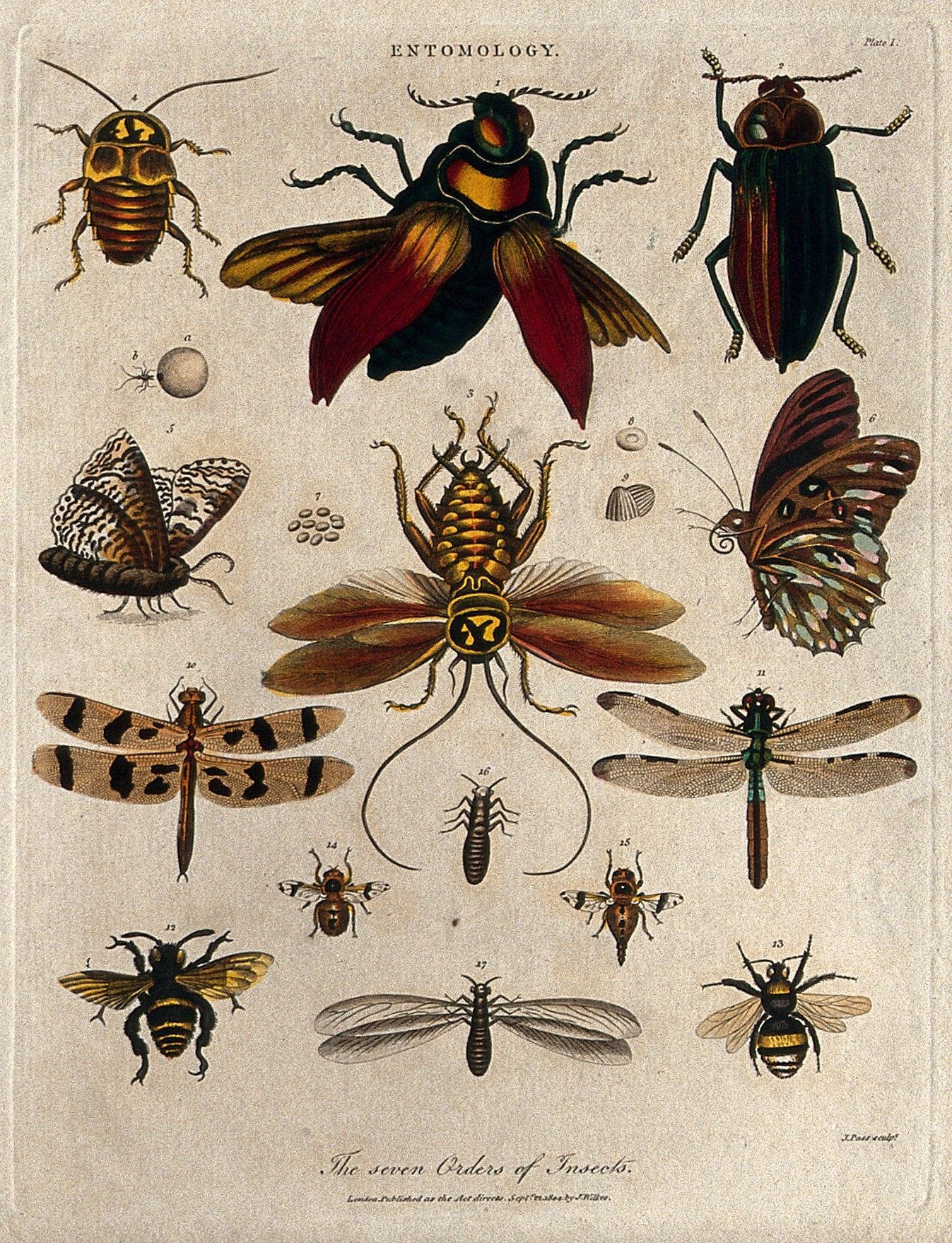
Once the hurdles of similarities and differences are cleared, it’s time to choose a name. In binomial nomenclature, Ohl writes, the generic and specific names must each consist of at least two letters. There are a few other official stipulations, outlined in the International Code of Zoological Nomenclature. The name must not belong to another species, it must be a word (or a deliberate approximation of one—no gibberish), it must be free of special characters, such as diacritics, and it has to be rendered in Latin. If the name is drawn from an existing Latin word, the code says that the name must take the gender ending specified in Latin dictionaries. (“Orca,” the Latin world for “a large-bellied pot,” was the basis of Orcinus orca, the killer whale, as well as Orcaella brevirostris, the Irrawaddy dolphin.) Then, “scientists may … deviate from the strict parameters of pure science and indulge in their own preferences and proclivities,” Ohl writes. This is where things can get fun.
The first challenge, Ohl writes, is “to figure out what the name should express.” Sometimes scientists zero in on geography (guess where the cockroach Blatella germanica is from). They might go descriptive, leaning on the classical terms for colors, shapes, body parts, or even behaviors (like that honeybee above). There are entire catalogues of taxonomic names to serve as inspiration. Researchers also draw from the world outside the laboratory, naming their finds after friends, funders, mentors, or stars. Naming can, in that case, be a strategy for drumming up interest and support—take the 12 species, from a trapdoor spider to a lichen, named after Barack Obama, or the newly christened Haptoclinus dropi, a fish named for the Smithsonian Tropical Research Institute Deep Reef Observation Project (DROP) expedition that encountered it in a largely unstudied portion of the ocean.
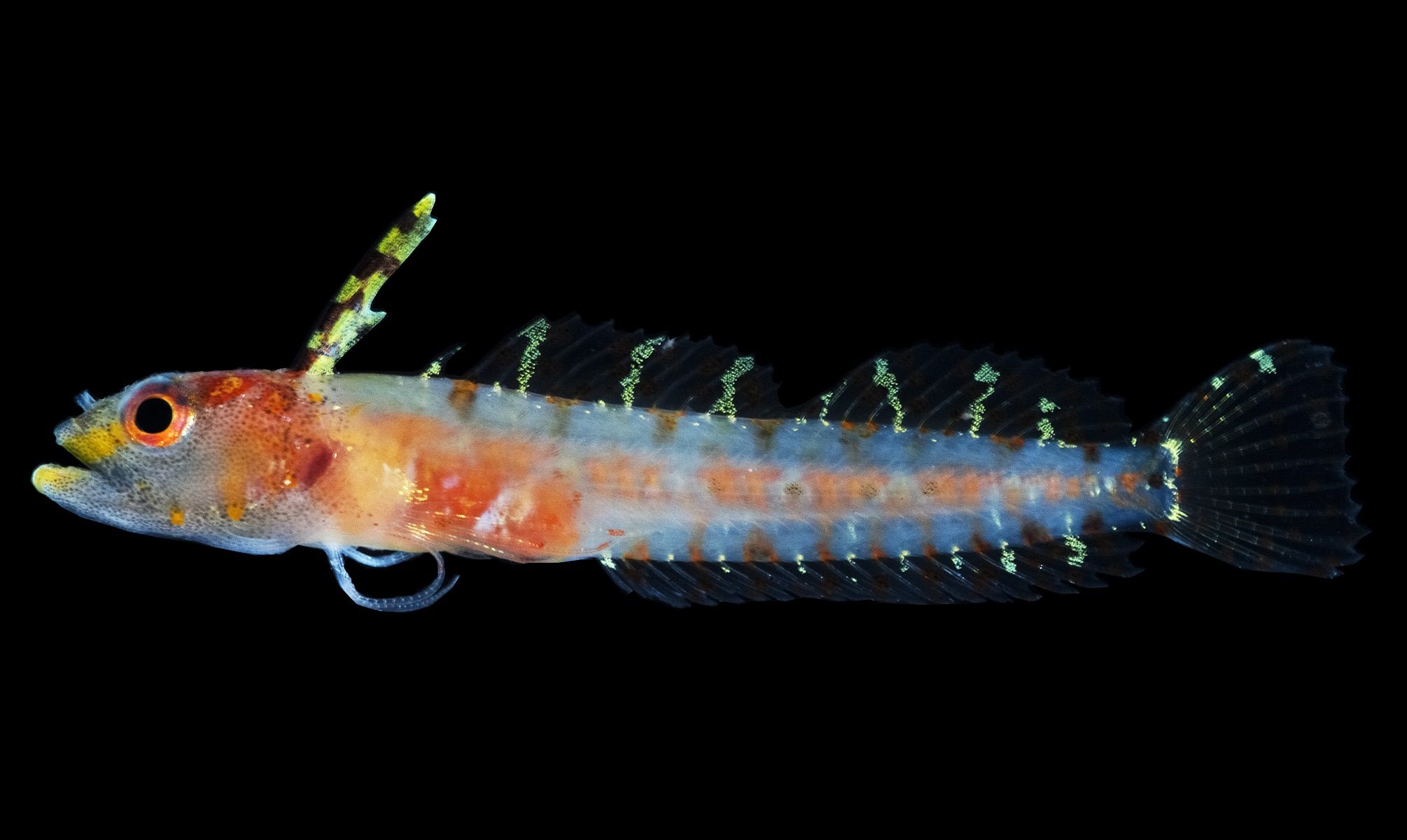
Brian Brown, the curator of the entomology department at the Natural History Museum of Los Angeles County, has named 600 species. (Entomologists are among the most prolific namers. Francis Walker, a 19th-century Englishman, named 23,506, though critics accused him of putting pace above rigor.) Brown is an expert in tiny flies. While there a lot of them, he estimates that just 10 percent of the world’s species have been documented so far. With so many in need of names, he says, “it seems to me that agonizing over what to name them is largely a waste of time.” The caveat: “Giving something a name that is particularly unpronounceable is not a service to anybody, especially if it’s going to be widely known.”
Brown is the first to admit that getting the public interested in tiny flies can be a heavy lift. They’re minuscule, unfamiliar, and lacking in the charisma department. Earlier this year, Brown tried something he hadn’t done before: naming one after a rather well-known bodybuilder, movie star, and politician. “Naming after a celebrity, that has to be done with a light touch,” he says. “Someone who does that a lot is going to saturate the concept pretty quickly.” But in this case, it was descriptive, too. Megapropodiphora arnoldi has bulging legs, which reminded Brown of Arnold Schwarzenegger’s physique. It is also a remarkable species—the smallest parasitic fly recorded to date. “I would only give a celebrity name to something that is kind of special,” Brown says.
There are some who dismiss celebrity names as crass. (It does grab headlines, though. After Peter Jäger, head of arachnology at the Senckenberg Research Institute and Natural History Museum in Frankfurt, named a spider Heteropoda davidbowie, the arachnid got a write-up in the German edition of Rolling Stone—and on Atlas Obscura.) Brown sees these types of names as a tool to help inspire people to care about something larger—the state of biodiversity in the Amazon rain forest, for example. “If I had to distill down my main goal, it would be saving tropical forests,” Brown says. “If tweaking people’s interest by naming something after a celebrity can get people thinking, ‘Wow, that’s cool, where’s it from? The Amazon? Well, that must be a really cool place,’ that’s going to work me towards my goal.”
These names may carry the impression of that they are stable, constant and unchanging, but that is an illusion. New species are recorded all the time, and many of these are cleaved from existing known ones, as new research offers ever-more-fine-grained analysis. On the other hand, researchers sometimes walk back their counts, too, as once-diverged lineages merge together again, or because, in the rush to impose order, scientists apply names to fragments that aren’t up to the label.

This problem, like binomial naming itself, has roots in the 18th century. Just before his death in 1702, collector William Charlton delivered a curious butterfly to entomologists in London. The yellow insect looked similar to the English brimstone butterfly (Gonepteryx rhamni), Charlton noted, with the exception of a smattering of little speckles that resembled blue moons. Linnaeus studied the specimen in 1763 and christened it, somewhat poetically, Papilio ecclipsis. Four years later, it was included in Systema Naturae, then in its 12th edition. It was another three decades before John Christian Fabricius, a Danish entomologist, realized that the butterfly was a fake—a doctored version of that common brimstone butterfly, artfully splashed with paint. By some accounts, upon learning of the deception, the butterfly’s custodian at the British Museum “indignantly stamped the specimen to pieces.” Papilio ecclipsis was no more.
Part of the majesty and magic of a name, Ohl writes, is how it gives the listener or reader a firm, solid foundation from which to transport herself to a place she’s never been. Names nudge open portals to new parts of the world or the long-receded past. “As though they were secret incantations, these names grant access to the world of those extinct behemoths,” Ohl writes. “Mental images of prehistoric landscapes take shape at the sound of their names, and we feel we are among the initiated, the entrusted, the knowing.”
Correction: This post has been updated to clarify how Linnaeus became the type specimen for Homo sapiens.

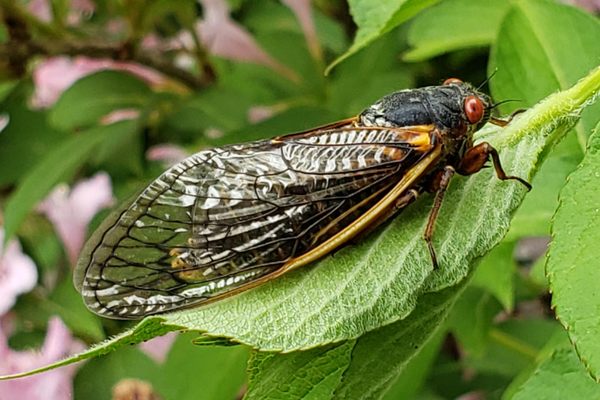































Follow us on Twitter to get the latest on the world's hidden wonders.
Like us on Facebook to get the latest on the world's hidden wonders.
Follow us on Twitter Like us on Facebook